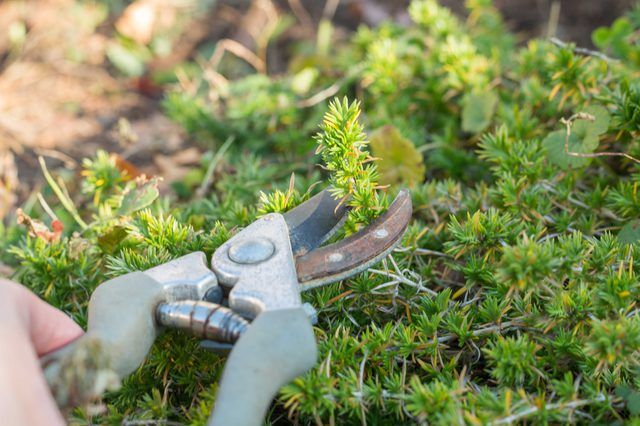Bulbs
Flower Basics
Flower Beds & Specialty Gardens
Flower Garden
Garden Furniture
Garden Gnomes
Garden Seeds
Garden Sheds
Garden Statues
Garden Tools & Supplies
Gardening Basics
Green & Organic
Groundcovers & Vines
Growing Annuals
Growing Basil
Growing Beans
Growing Berries
Growing Blueberries
Growing Cactus
Growing Corn
Growing Cotton
Growing Edibles
Growing Flowers
Growing Garlic
Growing Grapes
Growing Grass
Growing Herbs
Growing Jasmine
Growing Mint
Growing Mushrooms
Orchids
Growing Peanuts
Growing Perennials
Growing Plants
Growing Rosemary
Growing Roses
Growing Strawberries
Growing Sunflowers
Growing Thyme
Growing Tomatoes
Growing Tulips
Growing Vegetables
Herb Basics
Herb Garden
Indoor Growing
Landscaping Basics
Landscaping Patios
Landscaping Plants
Landscaping Shrubs
Landscaping Trees
Landscaping Walks & Pathways
Lawn Basics
Lawn Maintenance
Lawn Mowers
Lawn Ornaments
Lawn Planting
Lawn Tools
Outdoor Growing
Overall Landscape Planning
Pests, Weeds & Problems
Plant Basics
Rock Garden
Rose Garden
Shrubs
Soil
Specialty Gardens
Trees
Vegetable Garden
Yard Maintenance
How to Grow Creeping Phlox Groundcover
How to Grow Creeping Phlox Groundcover. The common name creeping phlox applies to two plants -- Phlox stolonifera and Phlox subulata -- and they grow best in slightly different conditions. Though both plants grow in full sun and partial shade, Phlox stolonifera prefers partial-shade sites, whereas Phlox subulata, also known as moss pink, thrives in...
The common name creeping phlox applies to two plants -- Phlox stolonifera and Phlox subulata -- and they grow best in slightly different conditions. Though both plants grow in full sun and partial shade, Phlox stolonifera prefers partial-shade sites, whereas Phlox subulata, also known as moss pink, thrives in full sun. Both plants grow 6 to 12 inches tall and spread indefinitely in their preferred conditions. Phlox stolonifera grows in U.S. Department of Agriculture plant hardiness zones 5 through 9, and Phlox subulata grows in USDA zones 3b through 10.
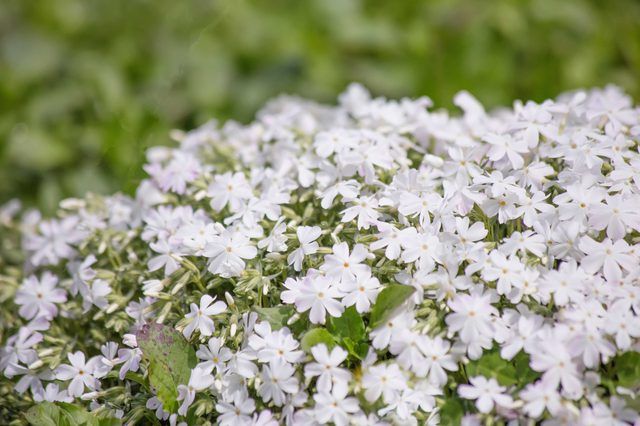
Creeping phlox grows best in moist, well-drained soils. Phlox stolonifera needs rich, organic, acidic soils, but Phlox subulata tolerates a wide range of soils, including alkaline and acidic sand, clay and loam. Suitable sites for Phlox stolonifera include flower beds and the edges of paths; Phlox sublata is suited to growing on slopes, in rock gardens and along the tops of walls, where the plant cascades. Space Phlox stolonifera plants 9 to 18 inches apart and Phlox subulata plants 12 to 18 inches apart. Both plants spread to form dense mats. Phlox subulata spreads aggressively and can be invasive, and Phlox stolonifera self-seeds in favorable conditions.
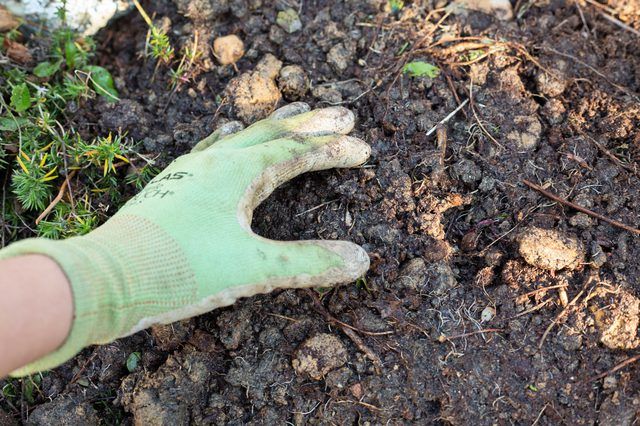
Drought spells bad news for creeping phlox plants. Both Phlox stolonifera and Phlox subulata grow best in soil that stays moist. Water the plants using a soft spray attachment on a garden hose whenever the soil surface is dry, applying sufficient water to moisten the soil to a depth of 3 or 4 inches. Creeping phlox plants are herbaceous perennials that can stop growing, grow more slowly or die back during winter, depending on the USDA zone. Reduce watering when the plants stop producing new leaves in late summer or fall, and apply enough water so that the soil surface is just moist. Stop watering creeping phlox if the leaves die back in winter.
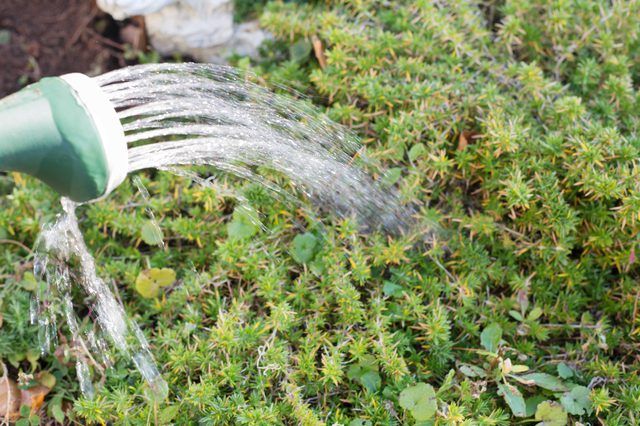
Feeding creeping phlox plants keeps them growing vigorously. To encourage plenty of flowers, feed creeping phlox with a fertilizer high in phosphorus, such as a 15-30-15 product. Mix 1 tablespoon of soluble 15-30-15 fertilizer into 1 gallon of water and water the creeping phlox plants with the solution every two weeks during the growing season. Use the fertilizer in place of water if the plants need watering, and apply a sufficient amount to soak the soil. Don't use granular or powdered fertilizers to feed creeping phlox, because it's impossible avoid sprinkling the concentrated fertilizer on the plants' leaves, which damages them.
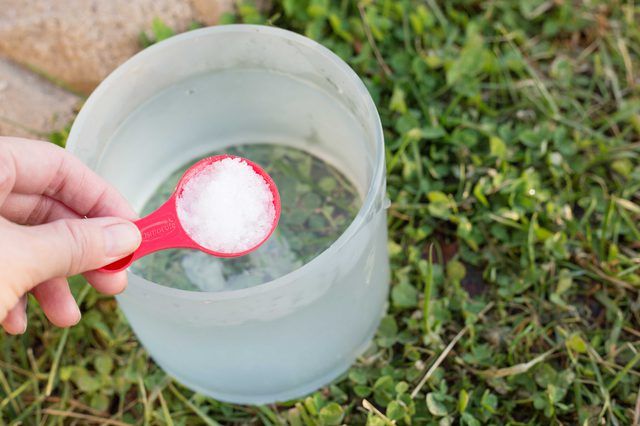
Powdery mildew attacks creeping phlox, but trimming Phlox stolonifera can help reduce infections. Humid conditions encourage powdery mildew, and the major sign of infection is a white, powdery coating on the plant's leaves and stems. Prune the foliage on Phlox stolonifera with sterilized pruning shears after flowering to help control powdery mildew. Sterilize the blades of the shears by wiping them with a cloth soaked in rubbing alcohol, and prune the stems to about 2 inches high. Sterilize your shears again when you've finished, and dispose of the diseased plant debris in the trash. Pruning Phlox stolonifera following flowering also prevents the plants from self-seeding. Trimming Phlox subulata after flowering may also help reduce damage from this disease.
